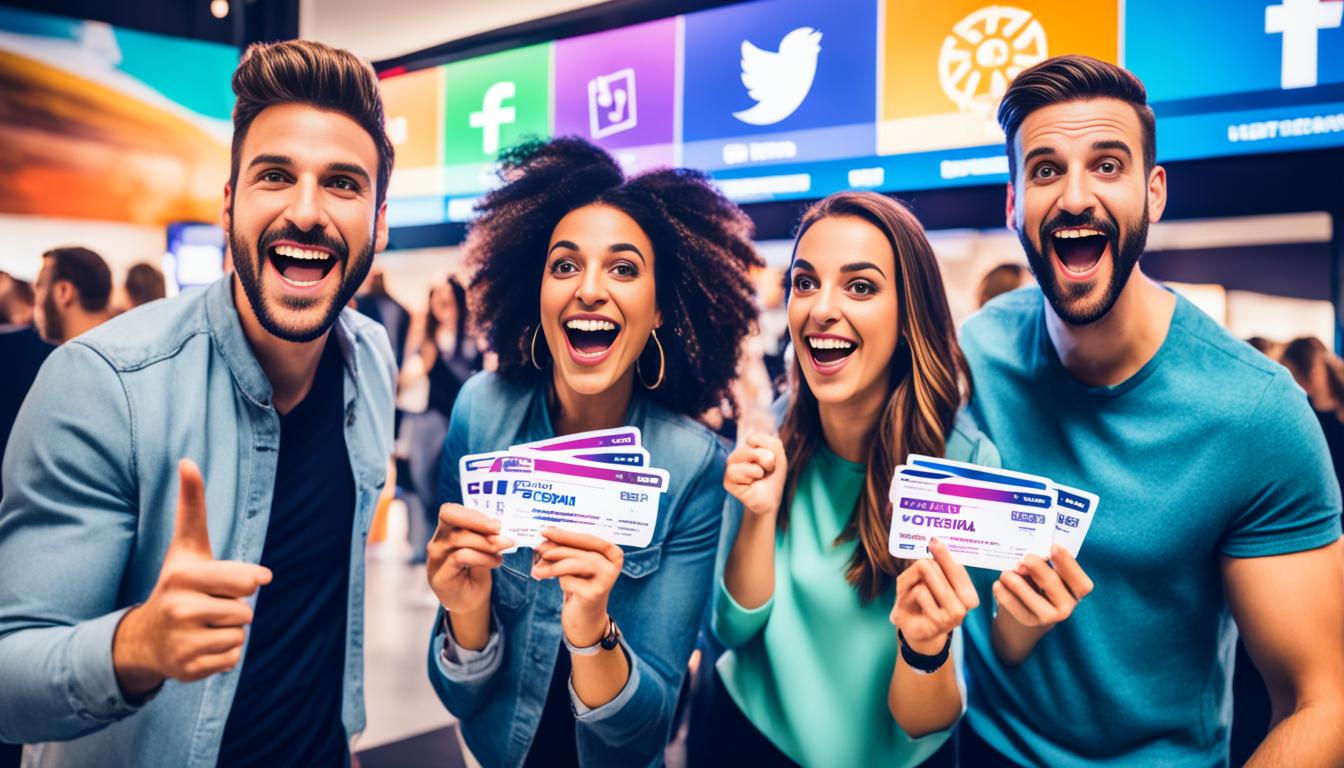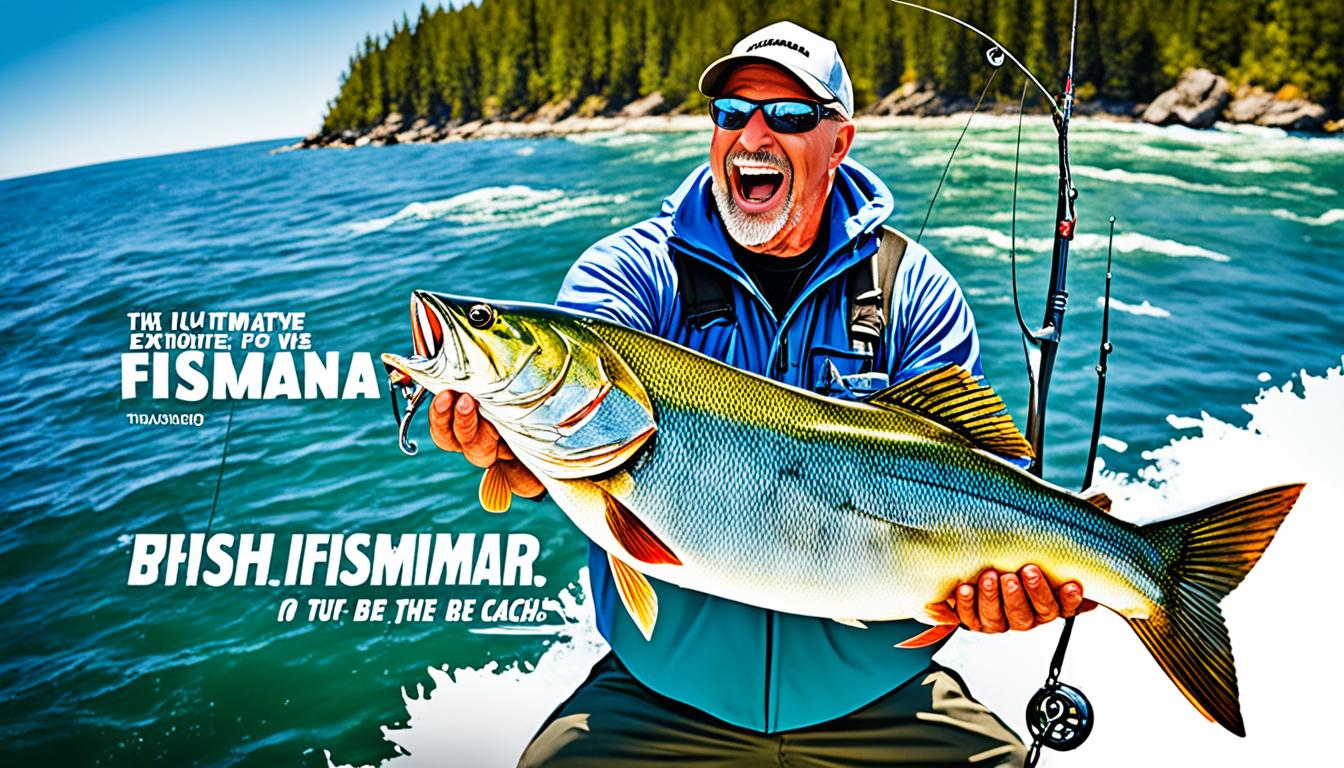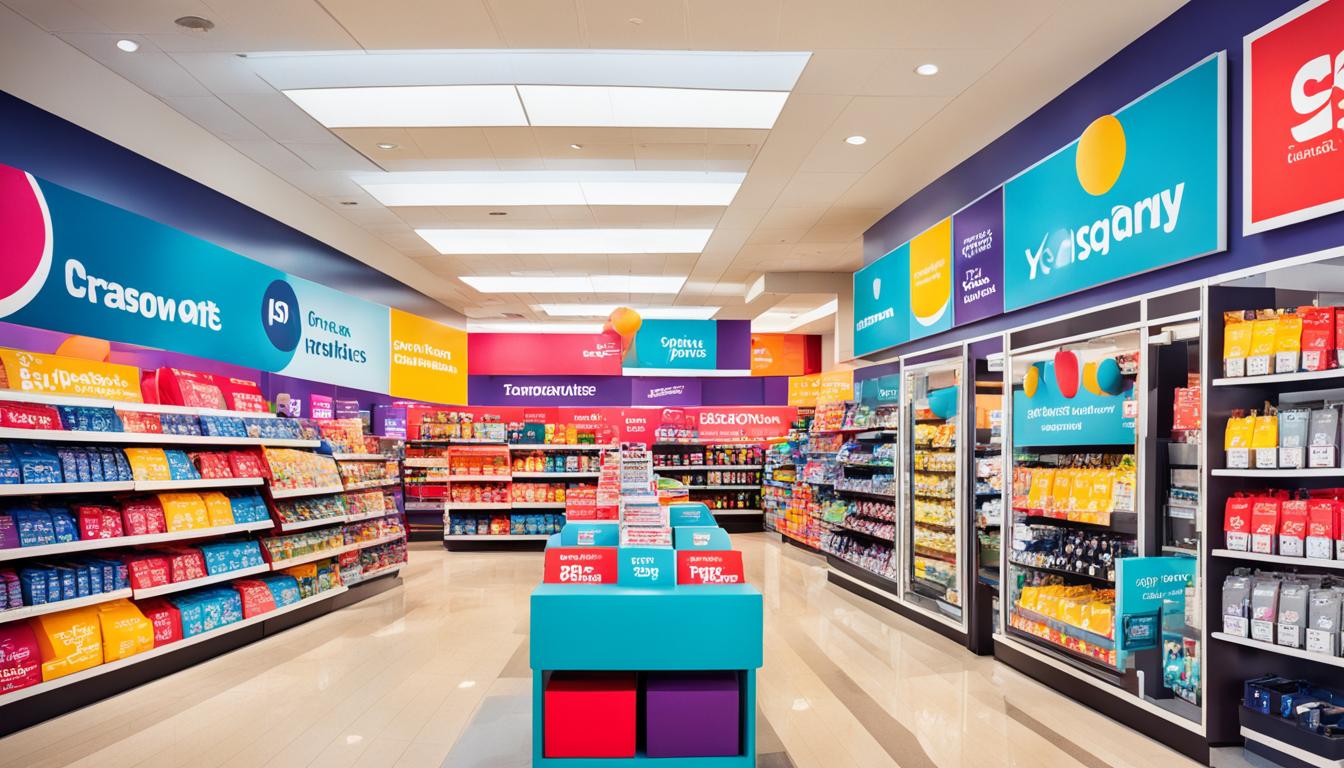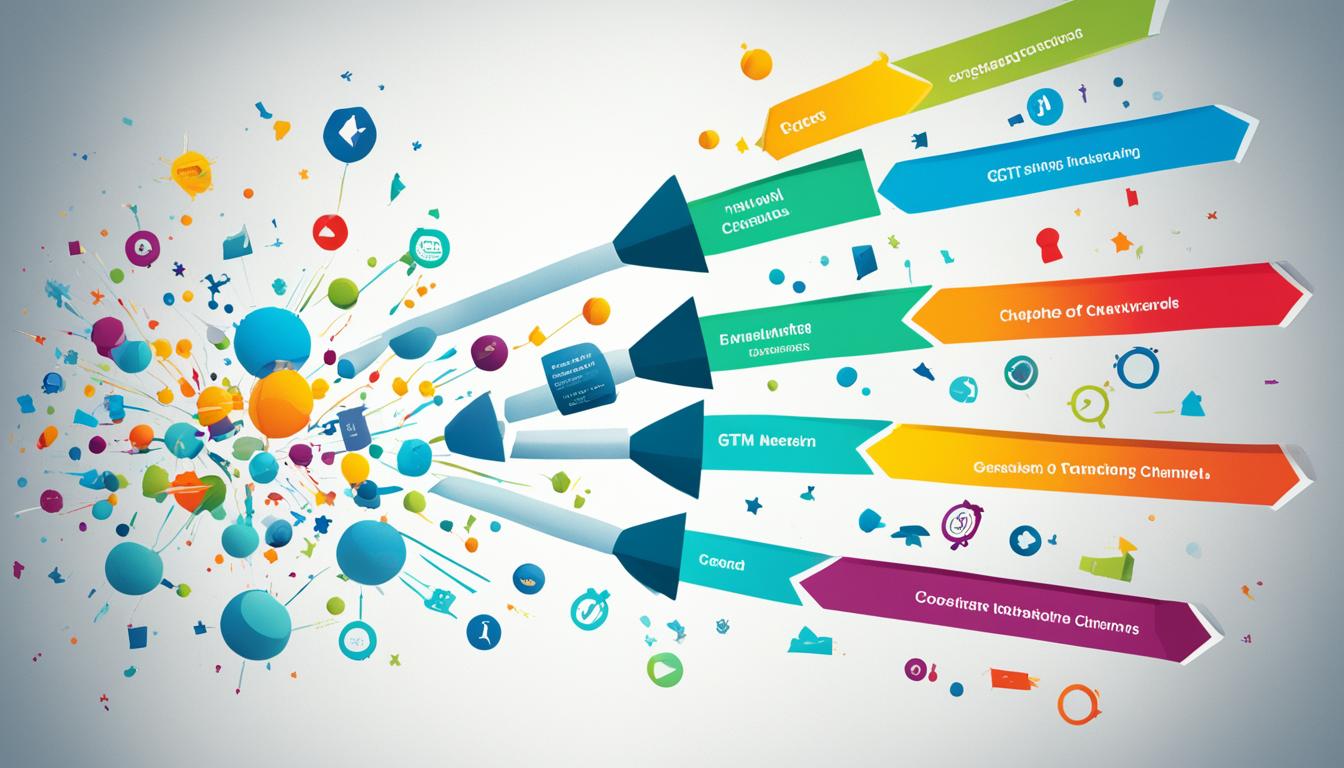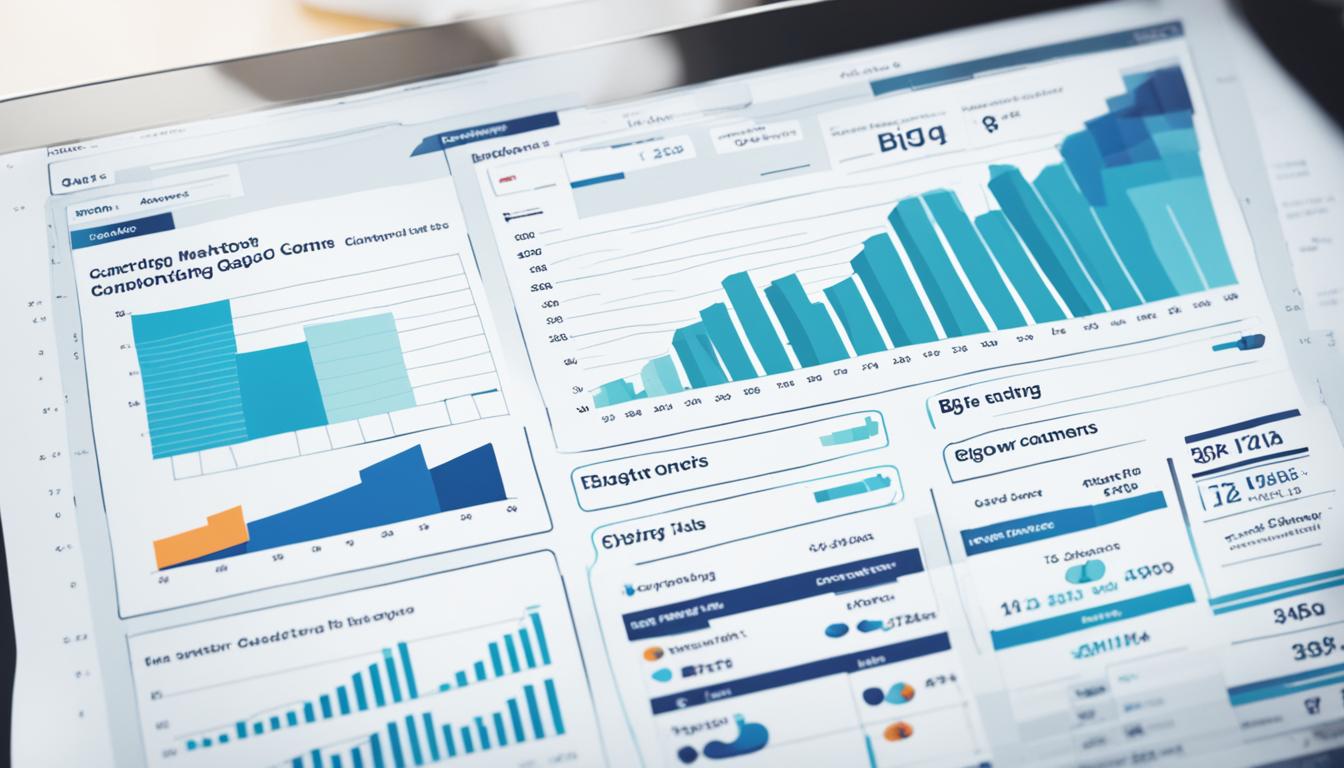A video sales letter (VSL) is a key tool in sales and marketing. It uses video to convince and win over potential customers. A Wyzowl study shows 88% of people bought something after watching a video. VSLs take the idea of old sales letters and add visuals and sound. This creates a strong emotional bond. Today, more companies see the value in VSLs and invest in making them.
Making a VSL that really works takes planning. You need a good script, engaging visuals, and a clear call to action. We will explore what makes a VSL work, show examples, and give tips for success.
Key Takeaways:
- VSLs are a powerful sales and marketing tool that use video content to persuade and convert potential customers.
- VSLs can create an emotional connection and impact through the use of visual and auditory elements.
- Careful planning and compelling scripts are essential to creating a high-converting VSL.
- Examples and tips will be provided to help you create effective and persuasive VSLs.
Keep reading to discover the advantages of video sales letters and learning to make a great VSL.
The Benefits of Video Sales Letters
Video sales letters (VSLs) are a big hit for a good reason. About 73% of people would rather watch a video to learn about a product or service instead of reading about it. Videos can connect with us emotionally, using visuals, the way someone speaks, and music.
VSLs draw people in more than words on a page can. They show products or services in a real, live action. Through screenshots and clips, they give a clear picture that words alone can’t. Plus, seeing someone vouch for a product in a video can make us believe and relate to it more.
Because VSLs touch our emotions, they keep us watching and remembering more. They use sounds and sights to grab and keep our attention. This makes it more likely for someone to buy or sign up, something a regular sales letter can’t do as well.
Advantages of VSL over Text-based Content
- VSLs create an emotional connection and impact through visuals, tone of voice, and background music.
- VSLs provide a more engaging and interactive experience.
- VSLs allow prospects to see the product or service in action.
- Video testimonials add credibility and relatability.
Key Components of a Video Sales Letter
A video sales letter (VSL) is a top-notch marketing tool. It mixes visuals and sounds to send a powerful message. Knowing what makes a VSL effective is key to making a video that really sells.
1. Strong Hook
The VSL starts with a hook that catches your eye. It could be a surprising fact, a bold statement, or a gripping question. This hook makes you want to watch more.
2. Introduction
The intro sets up what to expect from the video. It prepares you for what’s coming and lays out the message’s backdrop.
3. Storytelling
Telling stories is a big deal in VSLs. A good story draws in the audience and makes a personal connection. It makes the message stick with viewers.
4. Problem Identification
The video points out a problem or need you might have. It shows why you need a solution. This makes the product or service look like the perfect answer.
5. Product or Service Introduction
Next, the VSL shows off the product or service. It highlights how it can fix your problem or improve things for you. This part is all about the benefits.
6. Social Proof and Credibility
This section uses testimonials or case studies for trust. Sharing stories of happy customers builds confidence. It shows the product or service works in real life.
7. Value Proposition
The value proposition tells you the benefits of getting on board. It answers the question, “What’s in it for me?” showing the unique value and advantages.
8. Clear and Compelling Call to Action
A strong call to action is crucial. It guides you on what to do next. This could be buying, signing up, or another step.
9. Scarcity and Urgency
Adding scarcity and urgency can make you act fast. Offers that won’t last create this feeling. They make viewers want to jump on the deal immediately.
10. Closing
The VSL wraps up by going over the main points again. It makes sure you remember the benefits. The ending motivates you to take action.
Visuals in a VSL
Visuals are also key in a VSL. They make the message stand out and keep you watching. Using different visuals, like demos or animations, makes the VSL stronger and more convincing.
How to Create a High-Converting VSL
Creating a high-converting VSL requires a careful plan. By following the steps below, you can make a VSL that really grabs your audience. This can lead to more conversions.
Determine the Purpose and Identify the Target Audience
The first step is to know what your VSL aims to do and who it’s for. Knowing your audience lets you speak directly to their needs and desires. Do your homework to understand who they are and what they want.
Craft an Engaging Script
Writing a good script is essential. It’s what conveys your message. Start by outlining your VSL’s structure, including the start, main points, call to action, and end. Use stories, real examples, and evidence to keep your audience interested and to gain their trust. Your script should clearly show the problem and how your product or service fixes it.
Production Process
With your script ready, it’s time for production. This can involve different types of videos, like talking-heads or demonstrations. It’s important to keep the quality high with good sound, lighting, and video.
There are tools and software that can help. Loom, Camtasia, and Biteable are some good options. Use these to make your VSL look great and catch people’s eyes.
Optimize for Different Platforms
Make sure your VSL works well on various platforms. Check the video requirements for each one and adjust as needed. Also, ensure your video looks good on phones, tablets, and computers.
Monitoring and Analytics
After your VSL is out, keep an eye on how it’s doing with analytics tools. These tools can show you how viewers interact with your video. This info helps you see where you can improve.
Tools for VSL Creation
Improve your VSL creation with these tools:
| Tool/Software | Description |
|---|---|
| Loom | A video messaging tool that allows you to record and share high-quality videos with ease. |
| Camtasia | A powerful video editing software that provides a range of features to create professional-looking VSLs. |
| Biteable | An online video maker that offers templates and customization options for creating engaging VSLs. |
Best Practices for Designing VSLs
When making VSLs, focus on details and best practices is key. Use webcams or smartphones with good cameras for high-quality videos. This makes sure your visuals are clear and engaging. Good lighting is also important. Use lighting techniques to highlight your presentation. This helps viewers focus on your message.
Also, keeping the background simple is vital in VSL design. A clean background reduces distractions. This lets viewers concentrate on your content. By making your VSL visually appealing, you boost its impact and success.
Enhancing Audio Quality
Good audio is just as important in VSLs. Background noise can hurt your message. Use dedicated microphones to get rid of noise and improve sound quality. This helps your audience hear and understand you better.
Utilizing Software Solutions
Many software tools can help make professional VSLs. Options like Loom, Camtasia, and Biteable have features that improve your VSL’s look. These tools let you add animations, stock footage, and templates. This makes your videos more interesting and attractive.
By using these software tools, making captivating VSLs gets easier. This ensures your videos are both professional and high-quality.
Summary
Creating great VSLs means paying attention to camera quality, lighting, backgrounds, and audio. Use best practices in VSL design and software tools for professional videos. Adding beautiful elements and great audio improves your VSL. This makes it more effective in sharing your message and getting results.
VSL Headline Optimization
The headline of a VSL is super important. It grabs the viewer’s attention and gets them to keep watching. Think of using a catchy question, a shocking fact, a story people relate to, or an amazing statistic. It’s all about connecting with what the audience cares about and showing them what’s in it for them.
A good VSL headline does more than catch the eye. It sets up everything that’s to come in the video. It makes the audience feel something, aligns with what they need, and gives them a strong reason to watch more.
Here are some tips for optimizing your VSL headline:
- Understand your target audience: Dive into what your audience needs and wants. This helps you make a headline they care about.
- Create curiosity: Use questions or bold statements to spark interest. This makes viewers want to watch more to learn.
- Highlight benefits: Talk about how your product or service helps. Focus on solving problems and improving lives.
- Keep it concise and clear: Stick to short, straightforward headlines. Make sure they grab attention fast.
- Test and iterate: Keep trying new headlines to see what works best. Look at how viewers react and tweak accordingly.
A great VSL headline is your first step to pulling in viewers and convincing them. By getting your headline right, you really boost your chances of success with your VSL.
| Benefits of VSL Headline Optimization | Keys to Effective VSL Headlines |
|---|---|
| 1. Captures viewer attention | 1. Understand target audience |
| 2. Increases viewer engagement | 2. Create curiosity |
| 3. Drives higher conversion rates | 3. Highlight benefits |
| 4. Sets the stage for the rest of the VSL | 4. Keep it concise and clear |
| 5. Test and iterate |
VSL Conversion Rate Optimization
Making your VSL convert better is key to getting more from your investment. It’s important to keep testing and changing parts of your video. This helps make it more effective and appealing to your audience.
VSL Testing and Optimization:
A/B testing helps marketers see which VSL version works best. They can try different headlines, images, and calls to action. This helps find what drives people to convert.
Collecting data from these tests is crucial. Looking at view counts, how engaged people are, and conversion rates offers insights. These help make informed decisions to improve the VSL.
Improving VSL Conversions:
To boost VSL conversions, a step-by-step approach is needed. Understand your audience’s needs and what motivates them. Then, create scripts and visuals that connect with them.
It’s about making each part of the video better. Headlines, images, calls to action, and showing the value clearly are all important. They should make people want to act fast, address any doubts, and highlight what’s special about the offer.
Maximizing the Return on Investment:
Optimizing your VSL’s conversion rate helps you earn more from your marketing. When more people take action and buy, your investment pays off more.
It’s key to keep testing and tweaking as what people want changes. Watching your results and using analytics lets you see what your audience likes. Then, you can change your approach to fit better.
In short, to make your video sales letter work harder, keep testing, looking at the data, and refining it. Using A/B testing, understanding your viewers, and improving essential elements help increase conversions and meet your marketing targets.
VSL Landing Page Integration
Adding a VSL to your landing page can boost your conversion rate. It makes the user’s experience smooth and enjoyable. By combining a top-notch video sales letter with an optimized landing page, businesses can draw in potential customers.
It’s important to make sure the landing page’s design matches the video’s message. This creates a story that sells your product or service better. It makes your marketing more powerful.
Your landing page should have clear action calls that match the VSL’s message. This guides viewers to take the next step. It helps turn them into customers.
The landing page also needs to offer more details about what’s in the VSL. This answers any questions viewers might have after watching the video. It makes them trust and feel confident in your offer.
Optimizing your landing page is key. This means making sure it loads quickly, works well on mobile, and is easy to use. A smooth, user-friendly page makes your VSL integration more successful.
Using analytics tools to track how users interact with your page is also crucial. It lets businesses see what works and what doesn’t. With this info, they can make their landing page and VSL better.
Integrating a VSL with a great landing page and keeping it updated can really pay off. It helps your VSL campaigns work better and gets more conversions.
Recommended Reading and Resources
To better understand VSLs and improve your video making skills, look into these resources:
Books
- “VSL Copywriting Secrets” by Joe Vitale
- “Video Sales Letters Exposed” by Jon Benson
- “Persuasive Online Copywriting: How to Take Your Words to the Bank” by Bryan Eisenberg
Articles
- “The Power of Video Sales Letters: Why VSLs Convert” by Neil Patel
- “How to Write a High-Converting VSL Script” by Copyblogger
- “The Science Behind Effective VSLs” by ConversionXL
Online Courses and Tutorials
- “Mastering Video Sales Letters” by Udemy
- “Creating Persuasive VSLs: A Step-by-Step Guide” by HubSpot Academy
- “Video Production for Marketers” by LinkedIn Learning
Staying informed and learning new trends is key in making effective VSLs. These resources help you get insights and best practices. This knowledge lets you create videos that get results and meet your marketing targets.
Case Studies and Examples of Effective VSLs
Looking at case studies and examples of great VSLs can teach us a lot. They show us what works for making videos that really sell. By studying these, you can learn how to make your audience excited and ready to buy just through a video.
Case Study 1: XYZ Company
XYZ Company’s VSL helped sell their new product like hotcakes. They had an attention-grabbing script, pretty graphics, and happy customer stories. They used stories and feelings to connect with people. This made it easy to show why their product is awesome. A snappy call to action at the end got people clicking “buy”.
Case Study 2: ABC Corporation
ABC Corporation’s VSL boosted their sales big time. They mixed together a great story, eye-catching visuals, and clear messages. They made people feel like they had to act fast to get their product. This really pushed people to buy right away.
Example 1: Product Launch VSL
For their product launch, Company A made a killer VSL. It was packed with reasons to buy and pretty demos. They used strong stories and real proof to make people trust them. Then, they made it super easy for people to take the next step.
| Case Study/Example | Key Strategies | Results |
|---|---|---|
| XYZ Company | Compelling script, visually appealing graphics, testimonials | Significant increase in conversions |
| ABC Corporation | Captivating storyline, stunning visuals, scarcity and urgency elements | Substantial boost in sales |
| Example 1: Product Launch VSL | Well-crafted script, visually appealing demonstrations, persuasive storytelling and social proof, clear calls to action | High engagement and desired actions |
These case studies show how powerful good VSLs can be. By using the smart moves from these examples, you can make videos that not only look good but also turn viewers into buyers.
Conclusion
Video sales letters (VSLs) have changed the way we market. They offer a new method to deliver sales messages effectively. VSLs grab attention with visuals and sounds, making them key in marketing strategies. Marketers see better results by using best practices and enhancing their VSLs for better visitor engagement.
To make VSLs that really work, it’s important to keep testing and learning. By looking at the data and staying current with trends, marketers can keep improving. Using clear scripts, appealing visuals, and strong calls to action also helps in driving more conversions.
In short, VSLs have transformed marketing. They allow businesses to share their messages in a compelling way. If marketers master VSL techniques, they can reach out more effectively, connect more deeply with viewers, and achieve their goals.
